With the advent of LED technology, the landscape of home and commercial lighting has transformed dramatically.
With the advent of LED technology, the landscape of home and commercial lighting has transformed dramatically.
They come in various shapes, sizes, and configurations, tailored to fit a range of fixtures and lighting needs.
The distinguishing characteristics of LED bulbs include their lifespan—some models are rated to last over 100,000 hours—and the ability to emit light across a spectrum of color temperatures, from warm to cool hues, to suit different ambiances and purposes.
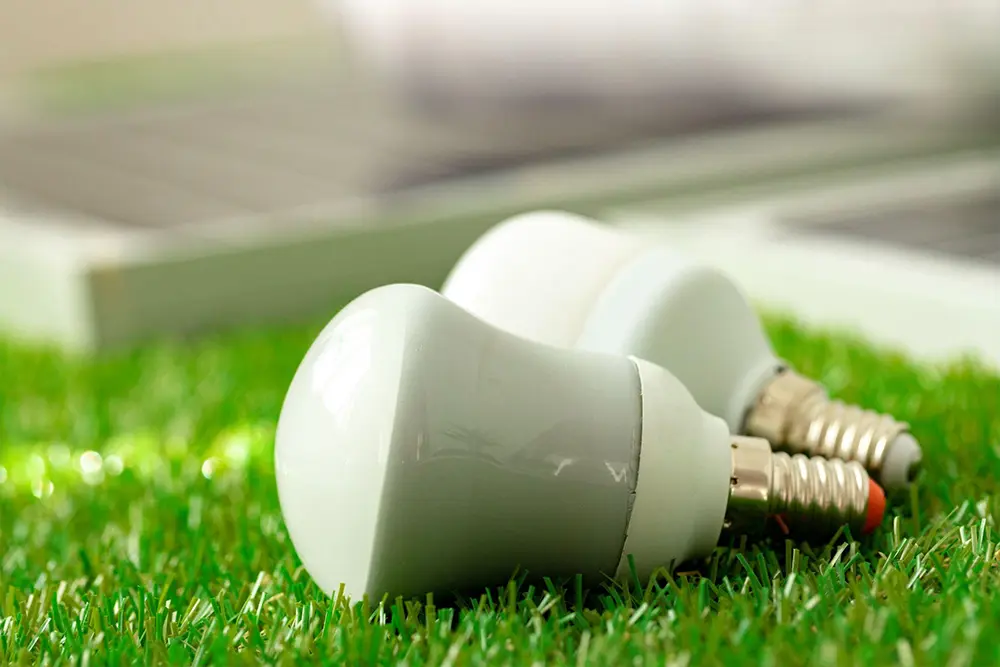
Among different types of LED bulbs, decorative bulbs such as candelabra, which mimic the shape of a candle flame, are popular in ornamental fixtures like chandeliers and wall sconces.
Globe LEDs are another variety, designed to provide a widespread light suitable for spaces such as bathroom vanities and pendant lighting.
Consumers today can find specialized LEDs like dimmable or RGB color-changing lights, which offer greater control over lighting conditions and create dynamic environments.
Choosing the right LED bulb involves understanding its luminosity, measured in lumens, and its energy consumption, reflected in wattage.
Unlike incandescent bulbs, where wattage was traditionally associated with brightness, LEDs provide significantly more lumens per watt, meaning they use less power to produce the same level of brightness.
This efficiency, combined with the diminishing use of incandescent bulbs due to energy regulations, makes LEDs an attractive option for energy-conscious consumers looking to reduce their environmental footprint while maintaining high-quality lighting.
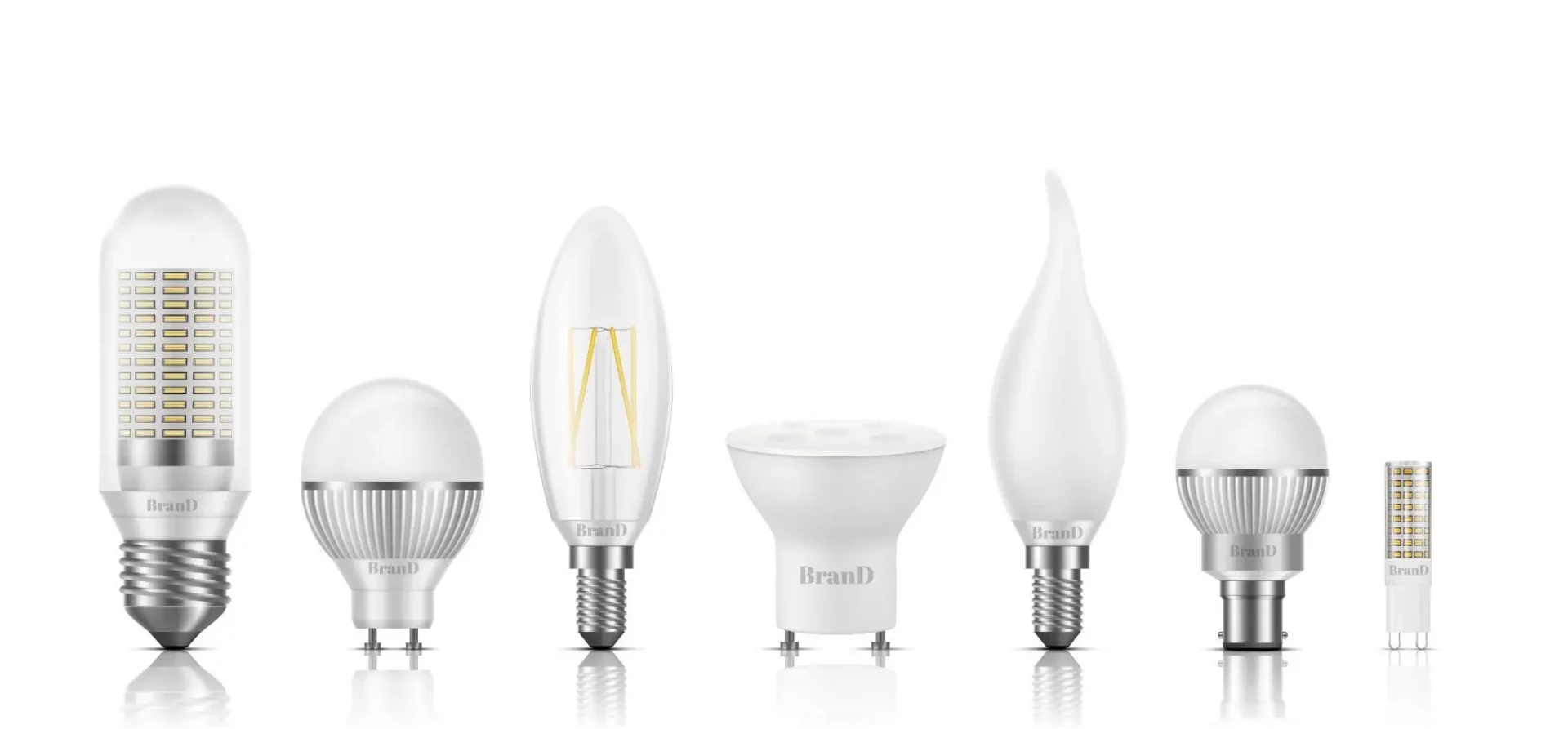
LED light bulbs come in various types to cater to different lighting needs. Here are the commonly found LED bulb types:
Additionally, there are specialized LED tubes characterized by their design compatibility:
Each type serves distinct purposes and offers varying benefits, including energy efficiency, extended lifespan, and reduced maintenance costs. Users can choose according to their lighting requirements and the specifics of their fixtures.
Benefits of LED Lighting // Bulbs.com
LED lighting technology has revolutionized energy consumption and longevity in lighting solutions. This section delves into the specific advantages that LED bulbs offer.
LED bulbs consume significantly less power than traditional incandescent and fluorescent lights. On average, LEDs use at least 75% less energy, translating to substantial cost savings on electricity bills for consumers.
The lifespan of LED light bulbs is remarkably longer than that of traditional bulbs. They often last up to 25 times longer, eliminating the need for frequent replacements and contributing to reduced waste and maintenance costs.
By using less electricity, LED bulbs reduce the demand for power plants and decrease greenhouse gas emissions. Additionally, they don’t contain mercury, making them safer to handle and dispose of compared to compact fluorescent lamps (CFLs).
LED technology offers versatility in lighting options, including:
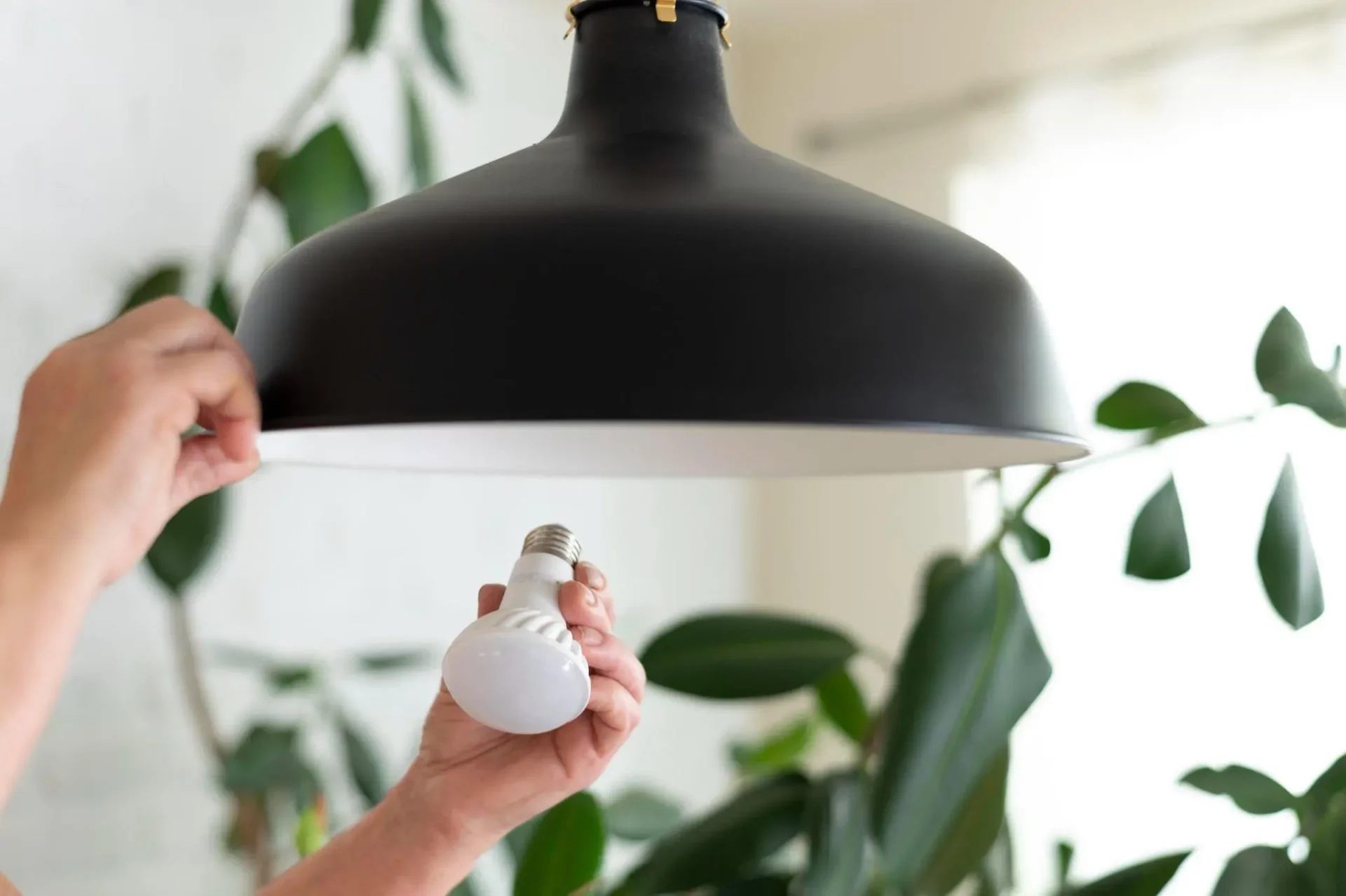
When choosing an LED bulb, one must consider several key factors to ensure the bulb meets their specific needs. From brightness to shape, each characteristic plays an important role in lighting your space effectively.
LED bulbs are categorized by lumens, which measure the amount of light emitted. To replace a 100-watt incandescent bulb, one should opt for an LED bulb that provides approximately 1,600 lumens.
The color temperature of an LED bulb is measured in Kelvin (K) and influences the mood of the space.
LED bulbs come in various shapes, each designed for a specific application.
Not all LED bulbs are dimmable. Ensure the bulb is compatible with existing dimmers or consider updating to an LED-compatible dimmer if needed. The packaging should indicate whether the bulb is dimmable.
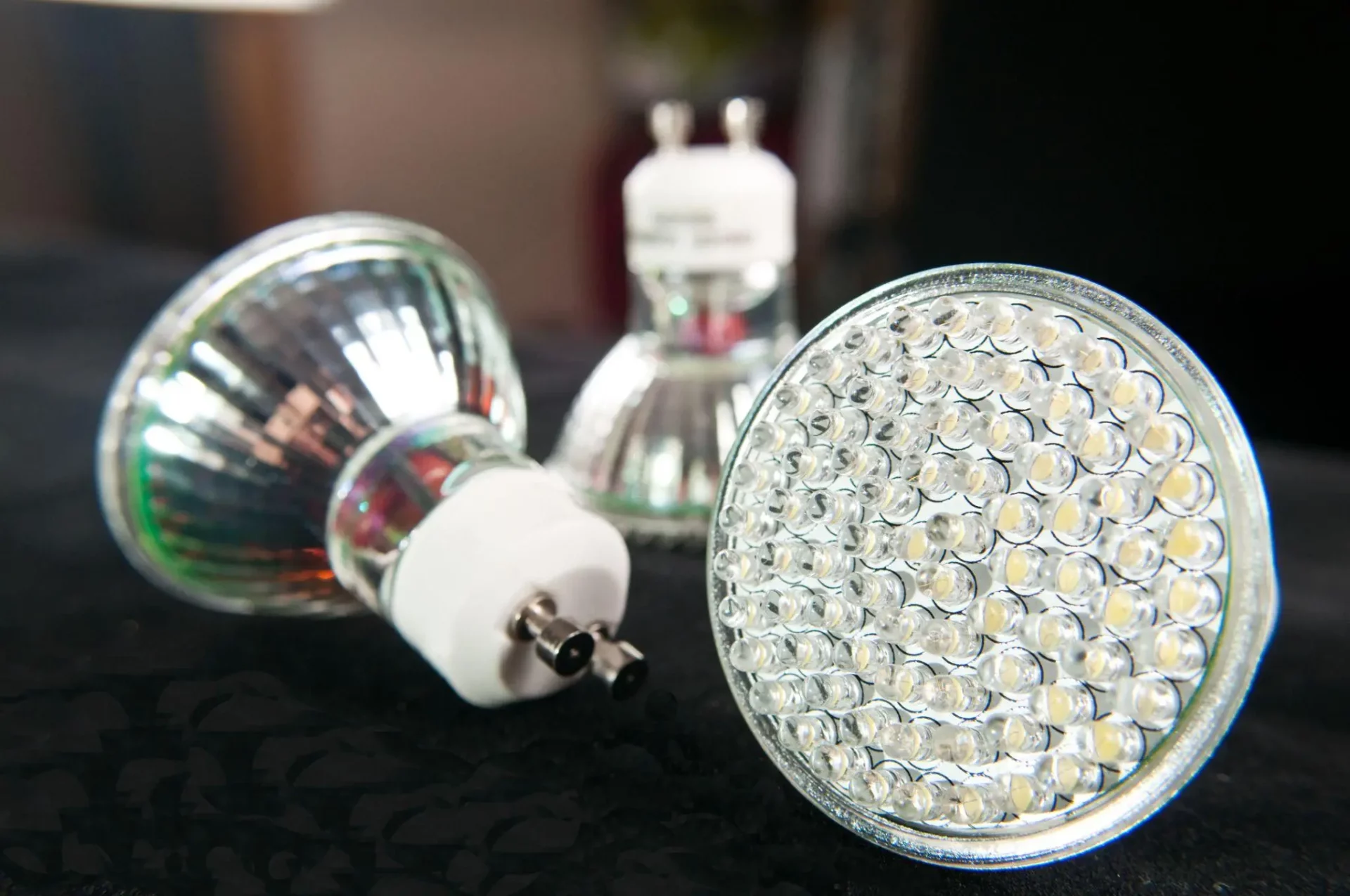
LED bulbs have revolutionized lighting with their energy efficiency and long lifespan. This section details where and how these bulbs are typically utilized.
LED bulbs are a staple in homes, often employed in ceiling-mounted recessed lighting to provide long beams and wide coverage. A-shape, or standard-shaped, LED bulbs are frequently used due to their familiarity and broad compatibility with existing light fixtures. For example, an A19 bulb, with a maximum diameter of 2 3/8th inches, fits seamlessly into most residential lamps and overhead lights.
In the commercial sphere, LED bulbs can present alphanumeric data on devices like clocks and electronic signs. They also serve a crucial role in general illumination, with options including panels and track lighting to accommodate diverse commercial spaces. Dimmable LED lights are particularly valued for areas where adjustable lighting is necessary, such as conference rooms or restaurants.
LED technology caters to specific applications requiring unique lighting solutions. This includes directional tracking, used in museums and galleries to highlight exhibits, and outdoor signage, where LEDs provide clear, vibrant illumination for billboards and facades. LED bulbs are also integral in devices dependent on projecting visual information, contributing to their growing prevalence in modern lighting design.
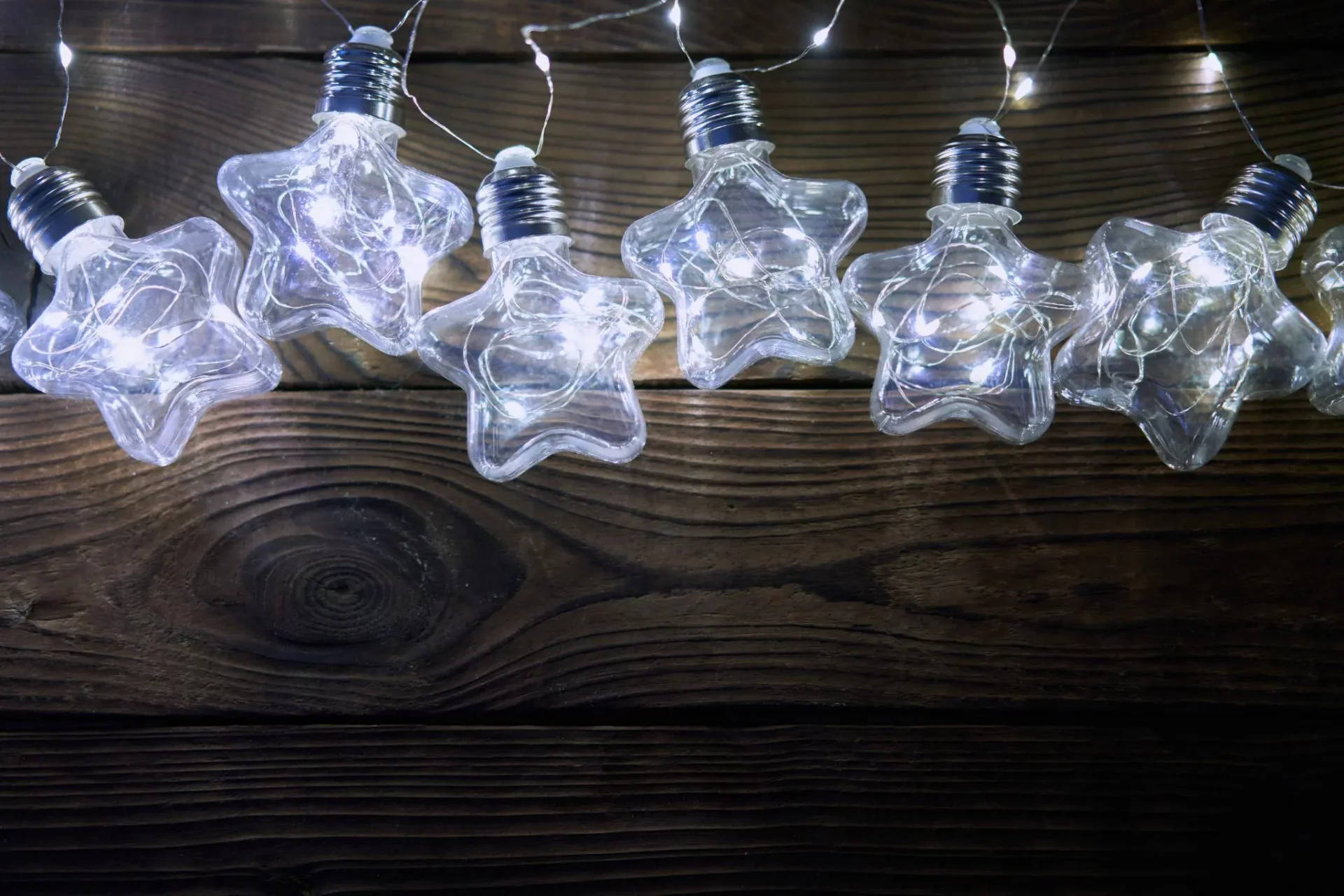
What are the energy efficiency benefits of LED light bulbs?
LED light bulbs are highly energy efficient, using up to 90% less energy than traditional incandescent bulbs. This efficiency translates into lower electricity costs and a reduction in carbon footprint.
What are the energy efficiency benefits of LED light bulbs?
LED light bulbs are highly energy efficient, using up to 90% less energy than traditional incandescent bulbs. This efficiency translates into lower electricity costs and a reduction in carbon footprint.
Are LED light bulbs durable?
Yes, LED bulbs are known for their durability. They are less susceptible to breakage because they don’t use fragile components such as glass and filaments.
Are LED light bulbs durable?
Yes, LED bulbs are known for their durability. They are less susceptible to breakage because they don’t use fragile components such as glass and filaments.
What should one look for on LED light bulb packaging?
When selecting an LED bulb, check the “Lighting Facts” label for:
Are there different types of LED light bulbs?
Yes, there are various types, including standard A-line, reflectors for recessed lighting, and more specialized designs like RGB and dimmable LEDs, and even miniature LEDs for smaller applications.